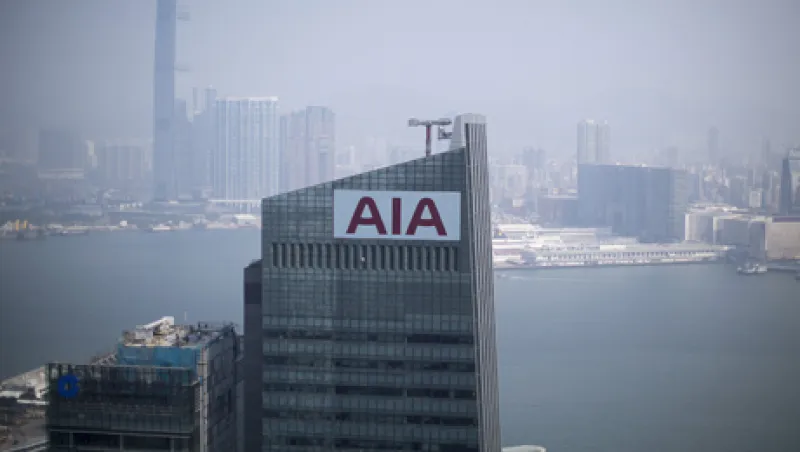Once regarded as the crown jewel of American International Group’s global network, Hong Kong–based AIA Group survived the near demise of its former parent and is now thriving as an independent company.
AIA endured some turmoil in the aftermath of AIG’s record $182 billion U.S. government bailout in 2008. As Asia’s third-largest insurer and its parent’s most marketable subsidiary, AIA was marked for an early disposal by AIG chairman and CEO Robert Benmosche. But Benmosche’s initial attempt to sell AIA to the U.K.’s Prudential for $35.5 billion fell apart in 2010 after months bitter negotiations over pricing. In October 2010 AIG solved its dilemma, and AIA’s, by floating the insurer through an initial public offering on the Hong Kong Stock Exchange that raised $17.9 billion.
“The company is now very, very financially sound,” says Arjan van Veen, a Hong Kong–based insurance analyst at Credit Suisse. “It has an AA rating at a time when AA is difficult to get.”
In the six months ending May 31, AIA delivered $1.44 billion in net income, up 10 percent over the same period a year earlier.
Now, the company is looking for acquisitions to accelerate growth. A retreat from the region by European insurers is providing the outfit with plenty of opportunities. In October AIA bought the Malaysian unit of Dutch financial conglomerate ING Group for $1.73 billion. The deal pushes up AIA’s ranking in the Malaysian insurance market by two places, to No. 1. The transaction followed closely on the heels of AIA’s $109 million acquisition in September of the Sri Lanka unit of Britain’s Aviva, which made AIA No. 2 in that market.
“We see AIA’s recent acquisitions as strategically sensible, as they highlight its pro-growth strategy,” says Darwin Lam, a Hong Kong–based insurance analyst at Citigroup. “Currently only about half of AIA’s geographical markets are developing markets. By acquiring insurance assets in Sri Lanka and Malaysia, this will increase its share in the faster-growing developing markets and hence uplift AIA’s long-term growth potential.”
More than AIG, AIA can claim to be the heir of the original company that American entrepreneur Cornelius Van der Starr founded in 1919 in Shanghai. American Asiatic Underwriters sold insurance in China before retreating to its headquarters to the U.S. in 1949, just as the People’s Liberation Army was marching on Shanghai.
The firm renamed itself AIG and continued to expand in Asia, and globally, to become the world’s largest insurer until 2008, when the global financial crisis almost put it out of business. AIG has been selling down its AIA stake: In September the New York–based insurer sold more than $2 billion worth of AIA shares, bringing its sales to more than $8 billion in the past 18 months as the group raised money to repay its bailout money.
“AIG is a supportive and excellent shareholder, but that is the extent of its involvement. AIA is completely independent," says AIA spokesman Stephen Thomas. AIG still retains a 13 percent stake in AIA, and all indications are that it will sell off the remainder.
Outside of Japan and China, AIA is the region’s biggest pan-Asian insurer in terms of assets, with $119 billion as of May 31. Analysts say the company is poised for further growth. Despite its recent acquisition payouts, AIA has no debt and is sitting on $3 billion in cash. That puts the company in an enviable position to take advantage of the continued withdrawal by European insurers in the region and make further acquisitions, says Credit Suisse’s van Veen.






